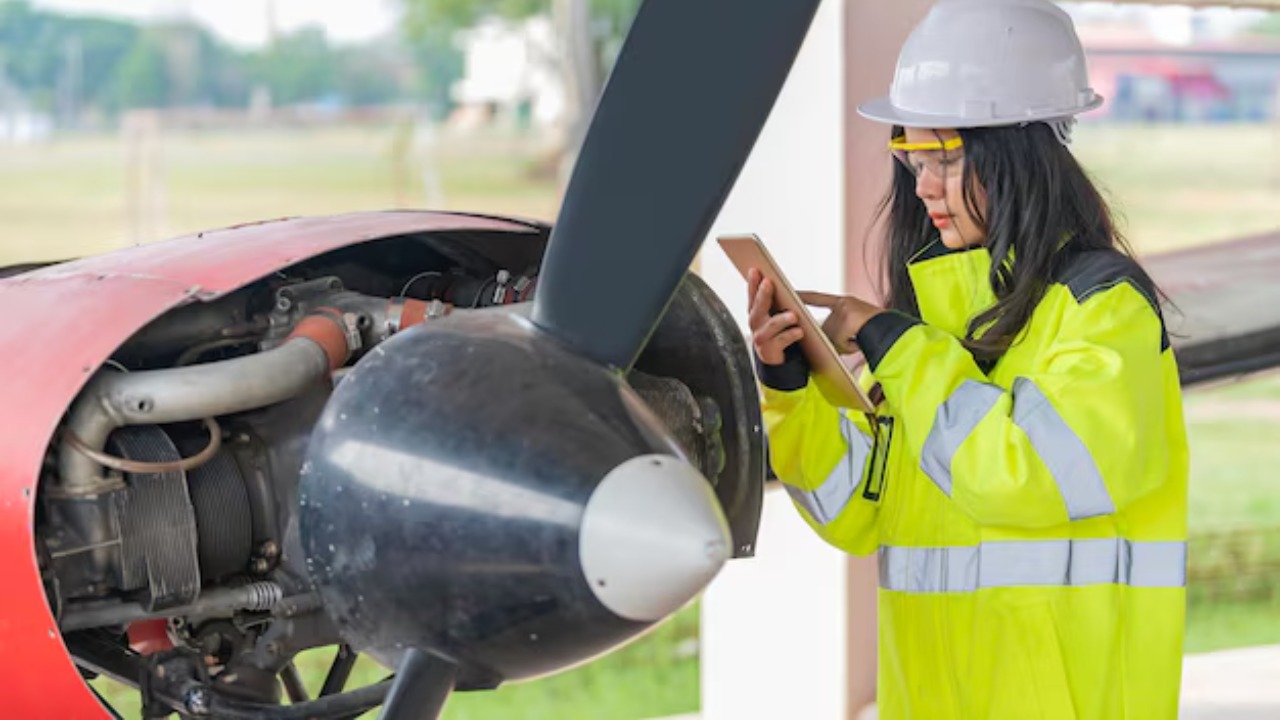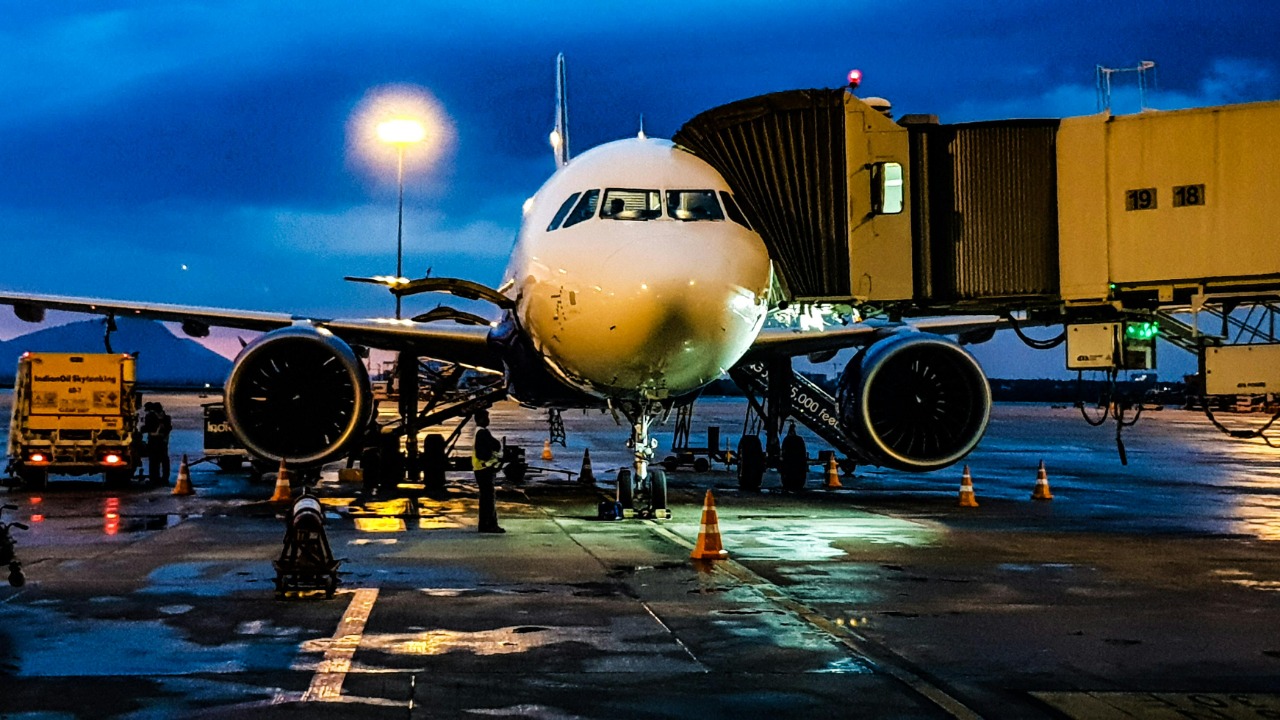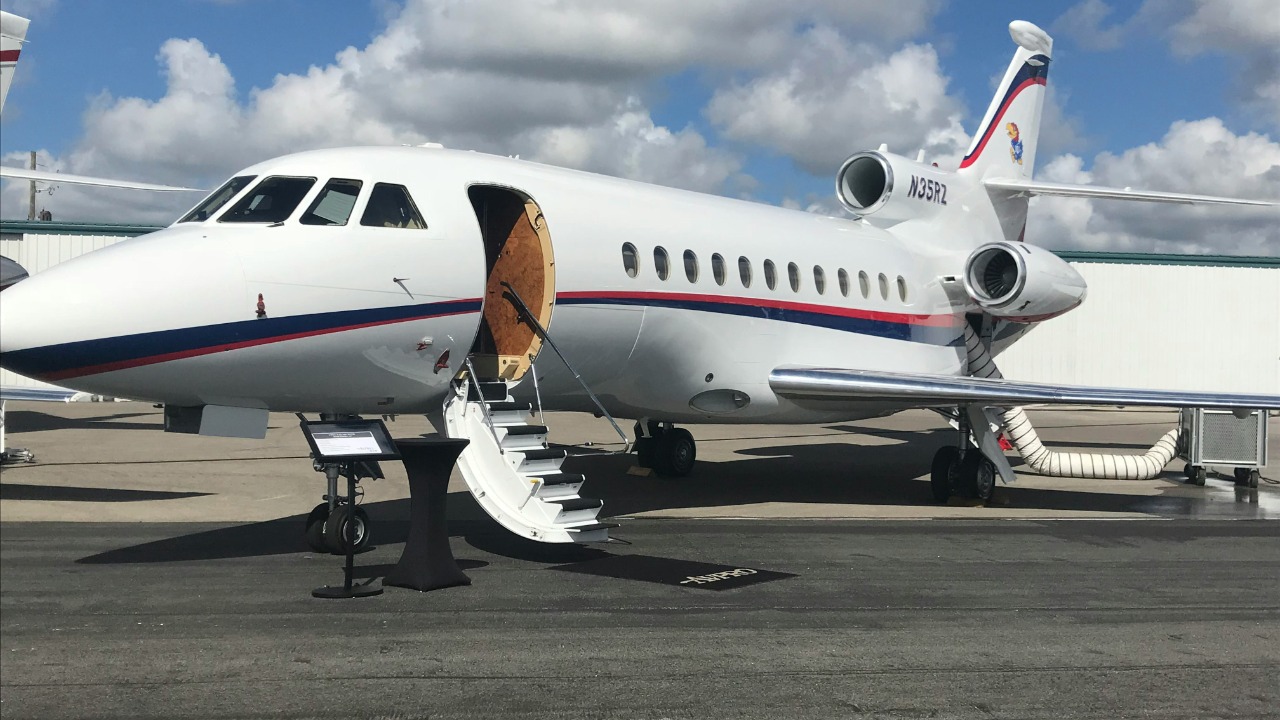
Are Private Jets More Or Less Fuel Efficient Than Commercial Flights? The debate over the fuel efficiency of private jets versus commercial flights has gained traction as concerns over climate change and carbon emissions intensify. While private jets offer unmatched convenience and luxury, questions arise about their environmental impact compared to commercial aviation. A closer look at the fuel efficiency of both modes of air travel reveals intriguing insights into their environmental footprints.
Understanding Fuel Efficiency in Aviation

Definition and Measurement
Fuel efficiency in aviation is typically measured using metrics such as miles per gallon (MPG) and fuel burn per passenger. These metrics allow for a comprehensive analysis of how much fuel is used to transport passengers over a given distance. Understanding these measurements is crucial, as they form the basis for comparing different types of aircraft.
Factors Influencing Efficiency
Several variables affect fuel efficiency in aviation, including aircraft size, weight, and distance traveled. Larger aircraft, while typically less fuel-efficient per mile, can carry more passengers, potentially improving fuel efficiency per passenger. Additionally, technological advancements in aerodynamics and engine design play a significant role in enhancing fuel efficiency.
Technological Innovations
Recent advancements in aviation technology aim to improve fuel efficiency. Innovations such as more efficient engines, lightweight materials, and improved aerodynamics contribute to reducing fuel consumption and emissions. These technological strides are crucial in the ongoing effort to make aviation more sustainable.
Private Jets: A Closer Look at Fuel Consumption

Typical Fuel Usage
Private jets are known for their high fuel consumption, with studies indicating an average of 100 to 500 gallons of fuel per hour. According to Stratos Jets, the fuel economy of private jets varies significantly depending on the model and flight conditions, with some averaging as low as 2 to 5 miles per gallon.
Efficiency in Short Flights
Private jets often undertake short-haul flights, where they tend to be less fuel-efficient compared to commercial planes. Short flights can lead to higher fuel consumption due to the significant amount of fuel burned during takeoff and landing, which is a larger proportion of the journey for shorter distances.
Environmental Impact
The environmental impact of private jets is significant, as they contribute disproportionately to greenhouse gas emissions. According to a report by the International Council on Clean Transportation, private jets can emit up to 20 times more carbon dioxide per passenger than commercial flights, highlighting their substantial contribution to global warming.
Commercial Flights and Their Fuel Efficiency

Fleet Efficiency
Commercial aircraft, particularly newer models, are designed with fuel efficiency in mind. For instance, the Boeing 787 Dreamliner and the Airbus A350 are renowned for their fuel-efficient designs, which significantly reduce fuel consumption. The Transportation Research Board notes that commercial aircraft efficiency varies widely, with international flights generally being more efficient due to larger aircraft and longer distances.
Passenger Load Factor
The fuel efficiency of commercial flights is heavily influenced by passenger load factor, which is the percentage of seats filled on a flight. Higher load factors improve fuel efficiency per passenger, as the fuel used for the flight is distributed among more people, reducing the per-passenger carbon footprint.
Airline Initiatives
Airlines are actively implementing strategies to enhance fuel efficiency and reduce emissions. Initiatives include optimizing flight routes, investing in modern aircraft, and exploring the use of sustainable aviation fuels. These efforts are crucial for minimizing the environmental impact of commercial aviation.
Comparative Analysis: Private Jets vs. Commercial Flights

Fuel Efficiency Per Passenger
When comparing fuel efficiency on a per-passenger basis, commercial flights generally outperform private jets. The disparity arises from the larger passenger capacity of commercial planes, which allows fuel consumption to be spread over more individuals. A study by Harvard University, available here, highlights this significant difference in emissions per passenger.
Cost-Benefit Analysis
The trade-offs between the convenience of private jets and the environmental benefits of commercial flights are evident. While private jets offer unparalleled flexibility and privacy, their environmental cost is substantial. Conversely, commercial flights, though less convenient, provide a more sustainable option for eco-conscious travelers.
Case Studies
Real-world examples illustrate the stark differences in fuel efficiency between private and commercial aviation. For instance, a flight from New York to Los Angeles on a private jet may burn significantly more fuel per passenger compared to a commercial flight. These case studies underscore the importance of considering environmental impact when choosing a mode of air travel.
Future Trends and Implications

Policy and Regulation
Governmental policies and international regulations are instrumental in shaping the future of aviation fuel efficiency. Stricter emissions standards and incentives for adopting cleaner technologies are driving the industry towards more sustainable practices. The Washington Post discusses the growing regulatory pressure on private jet owners to mitigate their environmental impact.
Sustainable Alternatives
The emergence of sustainable aviation fuels and electric aircraft presents promising solutions for improving fuel efficiency in aviation. These alternatives hold the potential to significantly reduce the carbon footprint of both private and commercial flights, making air travel more environmentally friendly.
Consumer Choices
As awareness of fuel efficiency and environmental impact grows, consumer preferences are shifting. Travelers are increasingly considering the ecological implications of their flight choices, leading to a rise in demand for more sustainable options. This trend is likely to influence airline policies and the development of new technologies in the aviation sector.